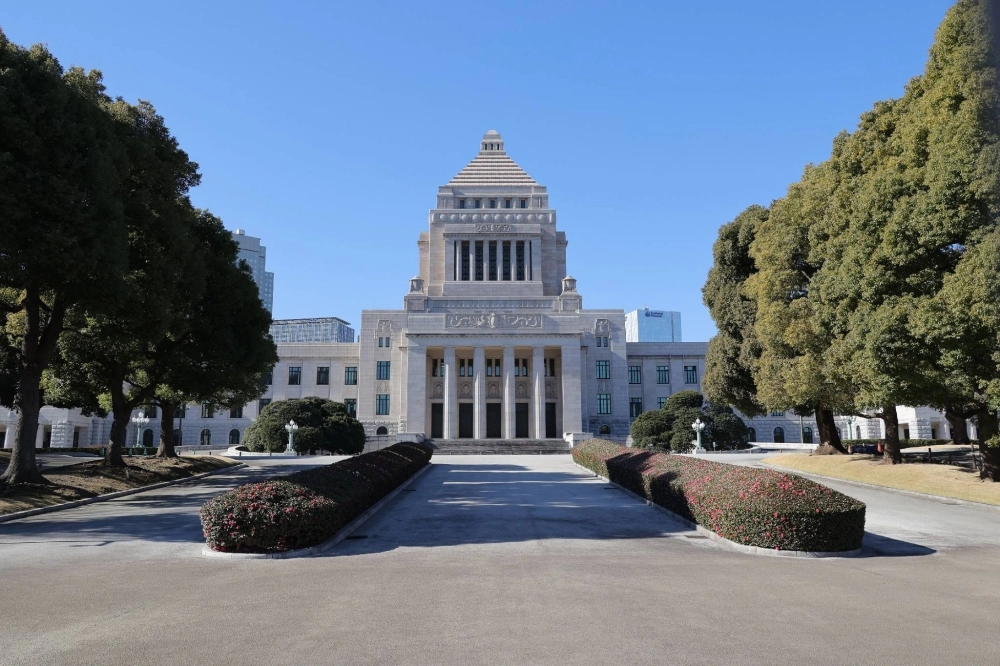During election campaigns, candidates who may otherwise remain in air-conditioned corridors of power are forced to spend a lot of time outside instead.
Stump speeches in front of train stations, as well as interactions with voters on the street regardless of the weather or the candidate's physical health, are long-established practices in efforts to win office.
But with concerns about summer heat rising and many elections taking place in summertime, it may not be tenable to conduct campaigns as in the past, given health risks to candidates, their staff and voters.

















With your current subscription plan you can comment on stories. However, before writing your first comment, please create a display name in the Profile section of your subscriber account page.